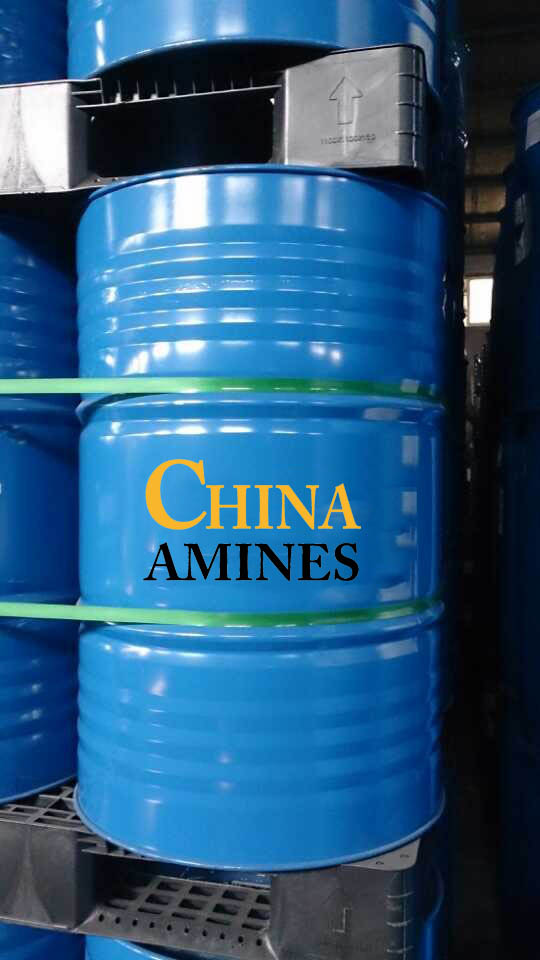1. Chemical Structure and Properties
Molecular Formula: C₆H₁₂
Structural Formula:
Cyclohexane ring with six CH₂ groups (chair or boat conformation).
A saturated cyclic hydrocarbon.
Physical Properties:
Appearance: Colorless liquid with a mild, gasoline-like odor.
Boiling Point: 80.7°C; Melting Point: 6.5°C
Density: 0.779 g/cm³
Vapor Pressure: 67.5 mmHg at 20°C
Flash Point: -20°C (highly flammable)
Solubility: Immiscible with water; miscible with nonpolar solvents (e.g., hexane, benzene).
Chemical Properties:
Reactivity: Undergoes free radical substitution (e.g., halogenation with Cl₂/UV light).
Stability: Resists oxidation under ambient conditions; decomposes at high temperatures (>300°C).
2. Industrial Applications
Solvent Industry:
Rubber & Adhesives: Primary solvent for dissolving natural rubber and synthetic polymers.
Coatings: Used in paint formulations for its nonpolar solvency.
Chemical Synthesis:
Nylon Precursor: Oxidized to cyclohexanol/cyclohexanone for adipic acid and caprolactam production.
Benzene Production: Feedstock for catalytic dehydrogenation to benzene.
Fuel Additives:
Octane Booster: Blended into gasoline to improve combustion efficiency.
Laboratory Use:
Extraction Medium: Isolates lipids and nonpolar compounds in research.
3. Safety and Toxicology
Acute Exposure:
Inhalation (≥1,000 ppm): Causes dizziness, headache, and narcotic effects (TLV-TWA: 300 ppm).
Skin Contact: Defats skin, leading to irritation and dermatitis.
Ingestion: Low toxicity (oral LD₅₀ rat: 12,700 mg/kg); gastrointestinal distress.
Chronic Effects:
Neurotoxicity: Prolonged exposure linked to peripheral neuropathy.
Carcinogenicity: Not classified by IARC; limited evidence of genotoxicity.
Protection Measures:
PPE: Neoprene gloves, chemical goggles, and explosion-proof ventilation.
Storage: Store in sealed containers away from oxidizers and ignition sources.
4. Environmental and Regulatory Compliance
Environmental Impact:
Biodegradability: Slow (OECD 301F: <10% degradation in 28 days).
Aquatic Toxicity: LC₅₀ (fish, 96h): 20–50 mg/L; EC₅₀ (daphnia, 48h): 10–30 mg/L.
Atmospheric Impact: High VOC contributor; participates in ground-level ozone formation.
Regulatory Frameworks:
EU: REACH: Registered (EC 202-854-2); CLP classified as Flam. Liq. 2 (H225).
USA: EPA: Regulated under Clean Air Act (VOC); TSCA-listed.
OSHA: PEL: 300 ppm (8-hour TWA).
China: GB 13690-2009: Classified as Flammable Liquid (Category 3).
Waste Management:
Incinerate in licensed facilities with NOₓ scrubbers. Landfill disposal prohibited.
5. Case Studies and Application Insights
Case 1: Sustainable Nylon Production (BASF, 2022)
Challenge: Reduce greenhouse gas emissions in adipic acid synthesis.
Solution: Catalytic air oxidation of cyclohexane to cyclohexanol/cyclohexanone.
Result: Achieved 15% lower CO₂ emissions and 20% higher yield.
Case 2: Eco-Friendly Paint Formulation (AkzoNobel, 2023)
Process: Replaced 30% of toluene with cyclohexane in automotive coatings.
Impact: Reduced VOC emissions by 25% (ASTM D6886) while maintaining gloss (ASTM D523).
Comparative Analysis:
Cyclohexane vs. Hexane:
Pros: Higher boiling point (80.7°C vs. 69°C); better thermal stability.
Cons: Higher flammability (-20°C vs. -22°C flash point).
Cyclohexane vs. Benzene:
Pros: Lower carcinogenicity (IARC Group 1 vs. Group 3); safer handling.
Cons: Benzene offers higher reactivity for aromatic synthesis.
Specifications:
Cyclohexane is a cycloalkane with the molecular formula C6H12. Cyclohexane is non-polar. Cyclohexane is a colourless, flammable liquid with a distinctive detergent-like odor, reminiscent of cleaning products (in which it is sometimes used). Cyclohexane is mainly used for the industrial production of adipic acid and caprolactam, which are precursors to nylon.
Cyclohexyl (C6H11) is the alkyl substituent of cyclohexane and is abbreviated Cy




